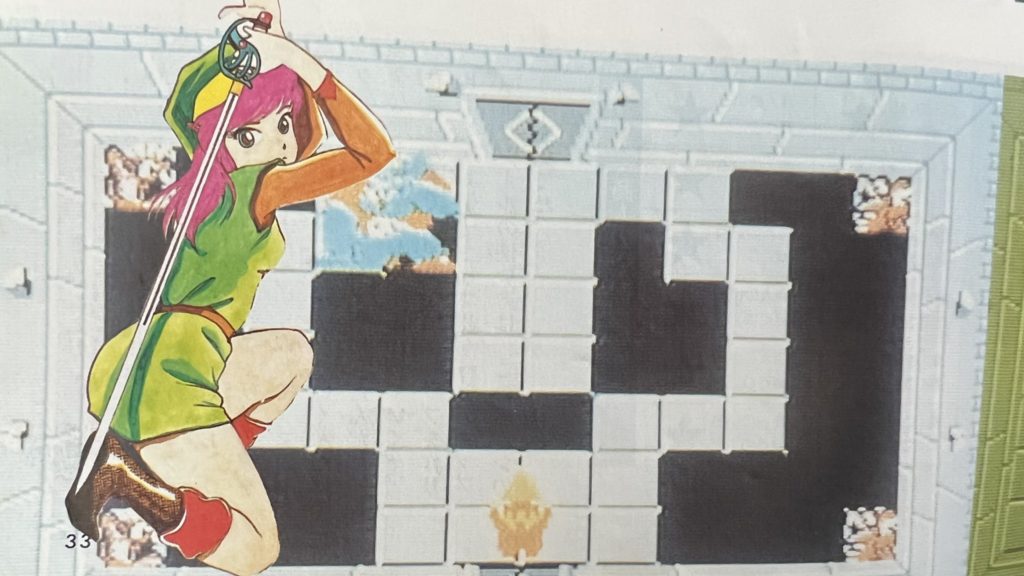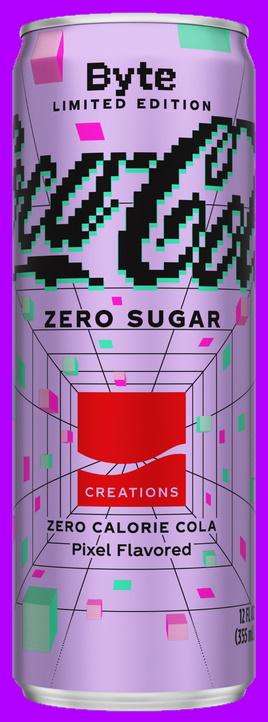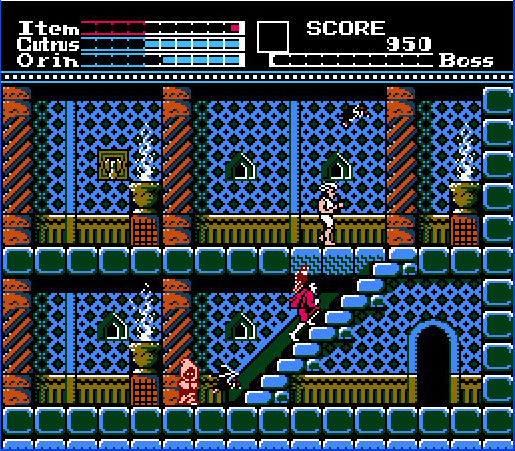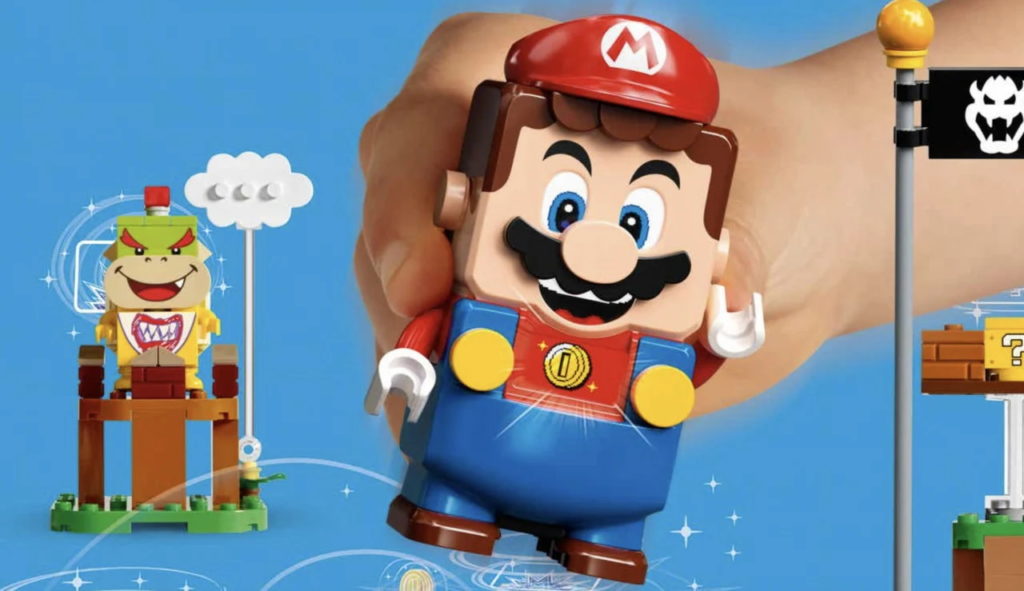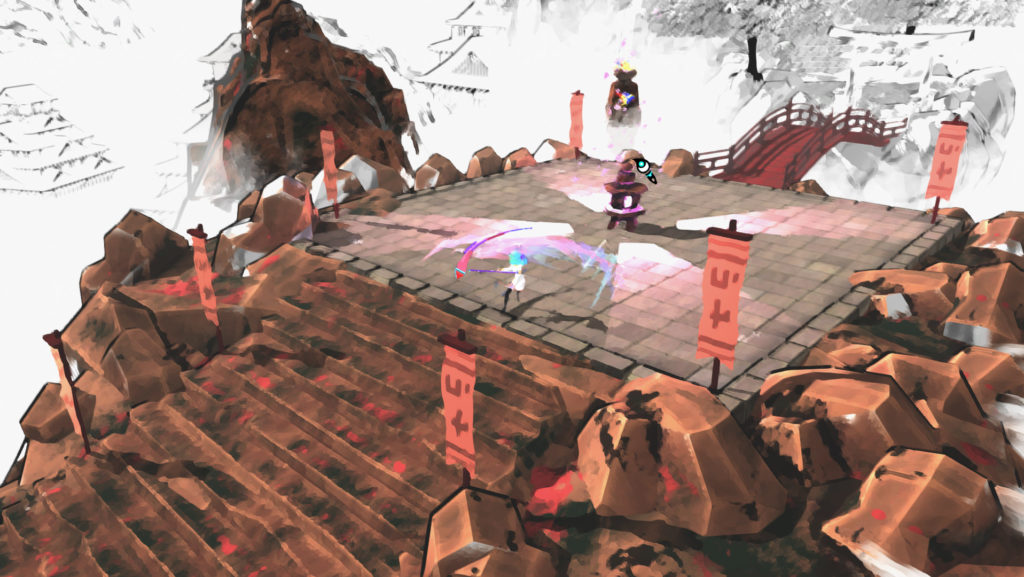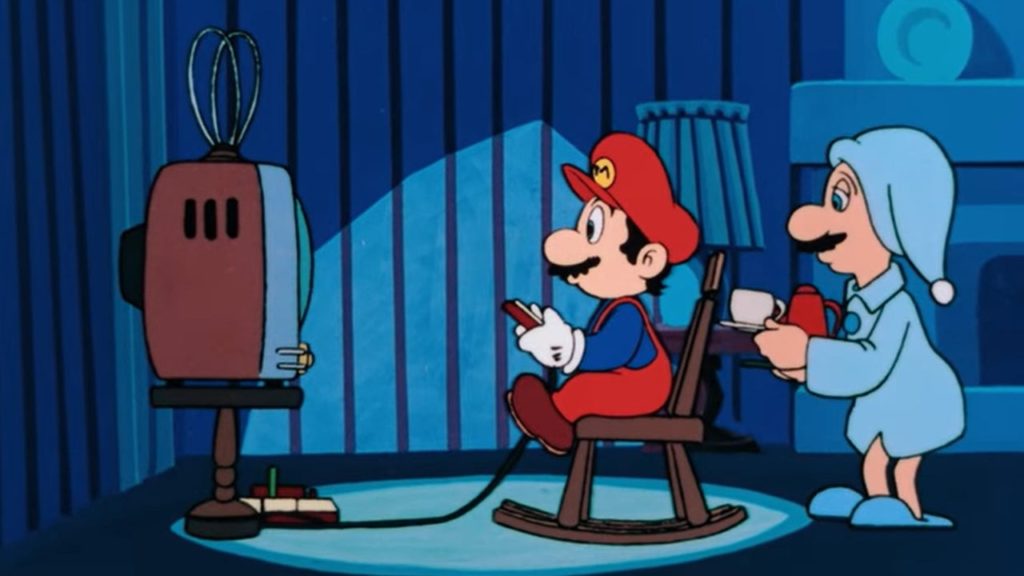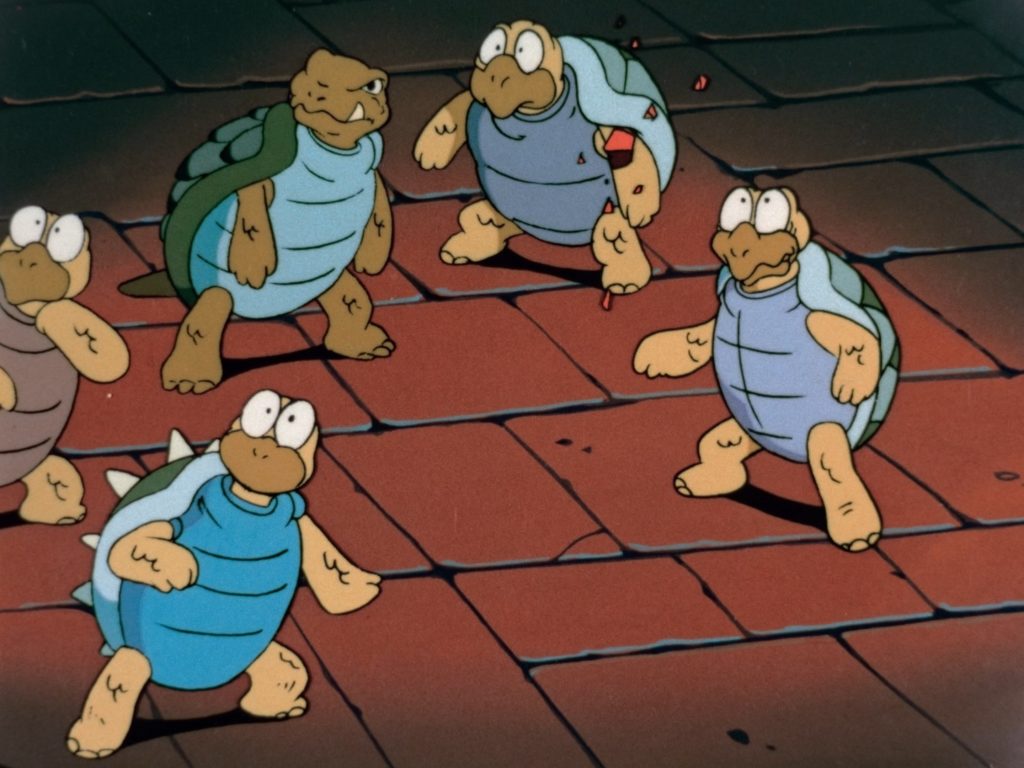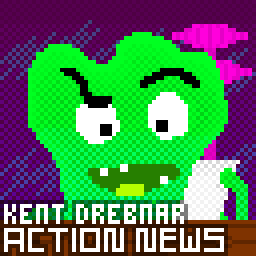
“We scour the Earth web for indie, retro, and niche gaming news so you don’t have to, drebnar!” – your faithful reporter
Ethan Gach from Kotaku reminds us that Nintendo still hasn’t publicly commented on allegations for their crappy workplace practices, especially their over-reliance on contractors. Stephen Tolito at Axios has more writing on this topic.
Mat Jones at IGN informs us there’s a fad going where concert-goers record the event with their 3DSes! Pshaw, back in my time we used Game Boy Cameras!
At Nintendo Life, Ollie Reynolds has noticed that Konami has had its most profitable year ever, which might seem strange to us considering how they seem to have left many of their properties to lie fallow. Two products are responsible it seems: Yu-Gi-Oh! Master Duel, and, in Japan, Momotaro Dentetsu: Showa, Heisei, Reiwa mo Teiban! It does mention the upcoming Teenage Mutant Ninja Turtles: The Cowabunga Collection as an expected source of future profit.

Also from Ollie Reynolds comes word about Limited Run games asking users to destroy their DOOM cartridges! It comes down to a bug on some carts, and rather than shipping them back and getting a replacement, with all the effort and expense that entails, they’re just asking that they break their carts, and then to send proof, before getting a replacement. I mean, I understand why they’re doing that, but destruction offends me deep down in my protoplasmic soul? Some day I’m sure an economist will write a paper on this. Oh, in making my diatribe I almost forgot the point! The article is actually about them creating a little Doomguy diorama with the pieces of the cart.
Kazuma Hashimoto at SiliconEra has news of the next in an unending series of Final Fantasy VII sequels, Ever Crisis. In this one, Cloud Strife goes Hawaiian! That may not be true, but can you be sure? Can you??
Destructoid has a kusoge series going, and in the most recent installment Zoey Handley becomes the seventeenth person to talk about that abysmal Popeye game stinking up the Switch eShop.
Anne-Marie Ostler, another writer on Nintendo Life, tells us Hollow Knight has broken its player count record (on Steam) despite having been out for five years! The reason might have to do with a recent 60%-off sale.
Also from Nintendo Life, Roland Ingram explains how he wrecked his Animal Crossing: New Horizons’ island’s economy with haxx!
J. Trew of Engadget likes the Ayn Odin Android-based handleld!
And Callum Bains at TechRadar relates news that the Xbox Series S could be getting a way to play physical game releases, kind of, sort of? Microsoft is patenting a way to prove to the console that you’ve bought a physical disk, effectively turning it into a glorified access pass for the downloadable version.
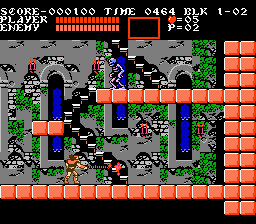
We’re back at Nintendo Life again, with Alana Hauges’ article about Hitoshi Akamatsu, the creator of the NES Castlevania games and series as a whole, who left the company and now no one seems to know what happened to them. Some trash talking from a former co-worker is in there. Their star descended a bit at Konami when the third Castlevania game underperformed, which is a gigantic shame now that the game is widely recognized as one of the high points of the Famicom/NES. There’s no justice, either on Earth or in the icy reaches of outer space, I tell you. It seems more information can be found in Wireframe Issue #62, and in a 2019 article also in Nintendo Life.
Also from Alana Hauges at Nintendo Life (slow it down a bit please, my tentacles can only type so fast!), news that the 3DS had more games released in 2021 than in 2020!
Sean Hollister at The Verge sends word that the Steam Deck is getting customizable per-game performance settings.
Ollie Reynolds at Nintendo Life, again, relates the words of former employees of Retro Studios lauding Metroid Prime‘s camera.
We mentioned it in the roundup of Nintendo’s Indie World presentation, but Michael McWhertor at Polygon enthuses more about Another Crab’s Treasure!
Ian Evenden at Tom’s Hardware says Nvidia is finally going to open source their Linux drivers!
Home stretch! Robert Zak at PC gamer writes about a fangame in the works called Metroid 64. This will certainly go well and not be ceased-and-desisted by Nintendo the moment it attains any actual popularity!
Yahtzee Crowshaw, the Zero Punctuation guy (remember him?), still at The Escapist, talks about Rogue Legacy 2 in one of his video essays!
Lauren Aitken at PC Gamer tells us more about Disney Dreamlight Valley, their crossover self-insert lifesim game of Disney characters and you, their best friend.
Another thing from PC Gamer: Andy Chalk on a guy turning the tables on an annoying Elden Ring player.
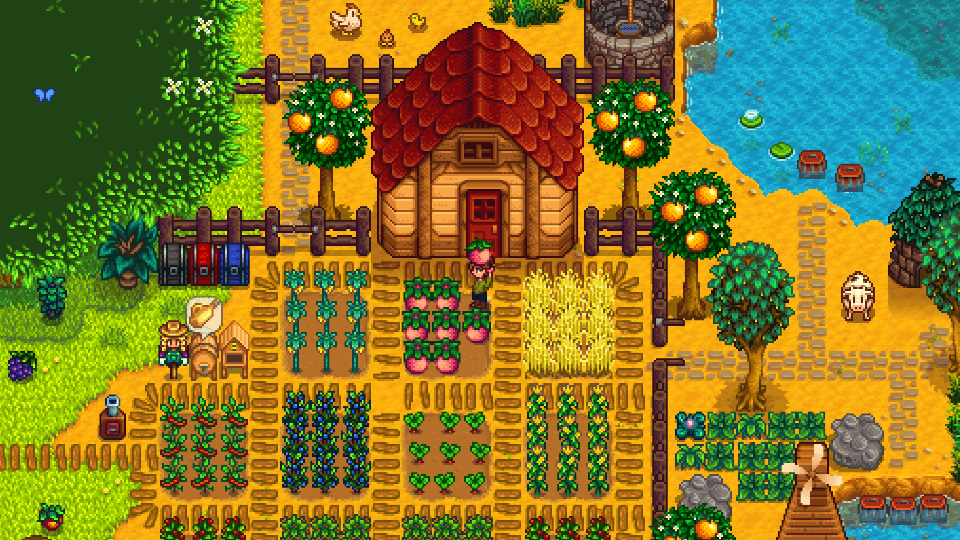
Andy Chalk also mentions the creator of Stardew Valley not being able to believe his game has sold 20 million copies.
Let’s see what else what else oh! Finally: Russell Adderson of PC Gamer tells us that EverQuest players playing on a legacy server wake up a fearsome boss and, in the process, forever denying later players from gaining special equipment. I’m kind of amazed that EverQuest still exists, but it seems like it has much more heart than World of Warcraft has. And don’t forget that, in a back corner of the internet, Ultima Online is still running!
That’s it from me, drebnar. I’m off to imbibe nutrient fluids, later earthpeeps!

